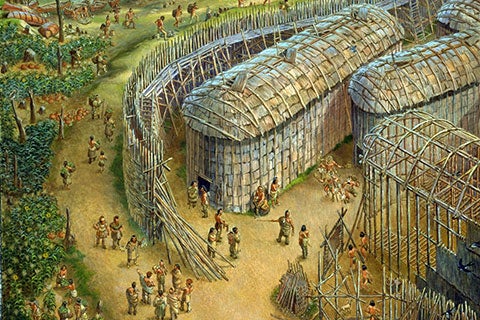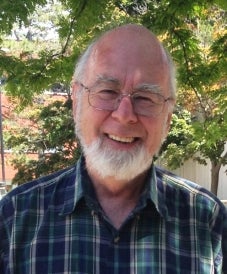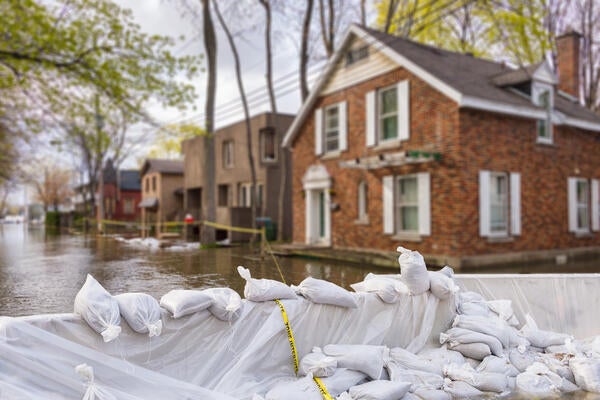Researching 400 years of francophone presence in Ontario
Waterloo researchers take 17th century writings from French missionaries and explorers and share on social media
Waterloo researchers take 17th century writings from French missionaries and explorers and share on social media
By Megan Hood Faculty of Arts
Reconstructing the early history of French Ontario from letters, journals and other writing by French missionaries and explorers has heightened meaning this year as Canadians mark the 400th anniversary of Francophone presence in the province.
University of Waterloo Professor François Paré is researching the earliest form of literature written in French in what now is the province of Ontario to provide insights into the first encounters between the French and Aboriginal cultures around the Great Lakes. Paré has been working on the Social Sciences and Humanities Research Council of Canada (SSHRC)-funded project entitled L'Ontario français et ses premiers textes: de Brébeuf à Charlevoix since 2012.
 “It’s easy to dismiss this part of our collective memory, yet the voyageurs were the first witnesses and participants in an era of contacts with indigenous peoples,” he says. “As a country, our bilingualism and French language provisions need to be rooted in historical experience.”
“It’s easy to dismiss this part of our collective memory, yet the voyageurs were the first witnesses and participants in an era of contacts with indigenous peoples,” he says. “As a country, our bilingualism and French language provisions need to be rooted in historical experience.”
The French presence in Ontario dates back to August 1st, 1615, the date of the first meeting between Samuel de Champlain and the Huron-Wendaat chief in Toanché, now Penetanguishene. Throughout 2015 there has been a number of celebrations, including the unveiling of a historical landmark at the Provincial Museum Sainte-Marie among the Hurons to commemorate Champlain’s first voyage to Ontario.
“I had two goals for the project,” explains Paré. “The first was to review early French texts published by voyageurs and missionaries in 17th century Ontario and treat them as narratives. My second goal was to make these stories known to Ontarians, both anglophones and francophones, via social media.”
Throughout the project, Paré has had student research assistants work with him on both the scholarship and the social media components. This past summer, Sarah Reilly and Monika Sosnowski worked together to manage the Facebook page and create a series of YouTube videos.
“The contribution of French voyageurs and missionaries, alongside their interaction with Aboriginal peoples, needs to be included to provide an informed understanding of the complete history of Canada,” says Sarah Reilly, who is pursuing a master’s degree in French Studies.
Many of the well-known early accounts are written from an exclusively European settler perspective.
“We couldn’t continue to do that with this project,” says Paré. “The texts we examine show the European experiences in relation to the history of Aboriginal peoples.” For example, most representations of this time period show Europeans travelling in canoes, bravely paddling down the river. “In fact, Aboriginal people had roads, some of them quite large. The European perspective underestimates how civilized and cultured the indigenous people were.”

Read more
Meet five exceptional Waterloo graduate students crossing the convocation stage as Class of 2025 valedictorians

Read more
Waterloo researchers propose solution to help communities escape the costly cycle of flood damage and rebuilding

Read more
Co-op for Social Good helps both students and community organizations thrive
The University of Waterloo acknowledges that much of our work takes place on the traditional territory of the Neutral, Anishinaabeg, and Haudenosaunee peoples. Our main campus is situated on the Haldimand Tract, the land granted to the Six Nations that includes six miles on each side of the Grand River. Our active work toward reconciliation takes place across our campuses through research, learning, teaching, and community building, and is co-ordinated within the Office of Indigenous Relations.